When it comes to fortified wines, few names carry as much legacy—and confusion—as sherry and port. Though they’re often grouped together under the same category, these two wines exist in fundamentally different worlds—culturally, geographically, and stylistically. Sherry hails from the sunbaked vineyards of southern Spain, shaped by the Atlantic breeze and the chalky elegance of albariza soils. Port, on the other hand, is born in the rugged terraces of northern Portugal’s Douro Valley, where dramatic slopes and schist-rich soils yield powerful, expressive reds.
Their differences run deep. Wines from Jerez region are often bone-dry, layered with savory, nutty, and saline notes, while port leans rich and sweet, brimming with black fruit and warming spice. One is defined by the quiet transformation of aging under “flor” or oxygen; the other celebrates youthful richness or structured longevity. Understanding the difference between sherry and port is essential for wine lovers seeking to pair more intentionally or simply expand their palate. From tapas bars in Andalucía to riverside lodges in Vila Nova de Gaia, every sip invites you into a world of tradition, terroir, and timeless flavor.
Have you realized that sherry wines and champagne have a lot of factors in common? Find out what makes sherry and champagne similar.
ORIGINS AND REGIONS
While both sherry and port are fortified wines from the Iberian Peninsula, their origins are embedded in very different landscapes and winemaking philosophies. Understanding where they come from is the first step in appreciating what sets them apart.
SHERRY: THE SHERRY TRIANGLE IN ANDALUCÍA
Sherry comes from the sun-drenched southwest corner of Spain, historically framed by the cities of Jerez de la Frontera, Sanlúcar de Barrameda, and El Puerto de Santa María—an area once officially referred to as the “Sherry Triangle.” This iconic winemaking zone in Andalucía is shaped by its distinctive white albariza soil, warm Mediterranean climate, and cooling Atlantic breezes, all of which contribute to the wine’s singular character.
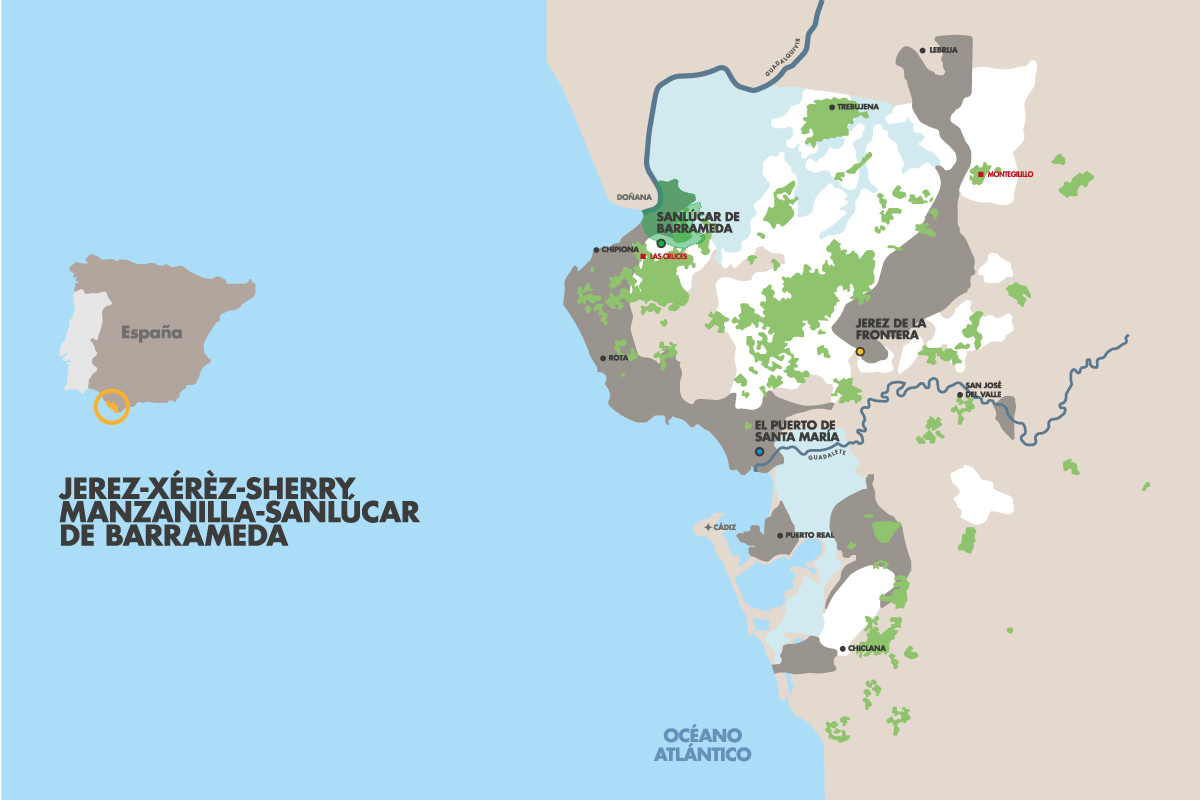
It’s also home to the Regulatory Council of the Denominations of Origin, which oversees and protects the integrity of sherry production. Aging practices in Jerez are both ancient and innovative: whether under a veil of “flor” or through slow oxidative exposure, the region’s wines mature in vast cathedral-like bodegas. These aging methods, deeply rooted in local culture and terroir, have helped sherry become one of the world’s most complex—and misunderstood—wines.
For an insider’s look at what the climate in the region looks like, see our in-depth article on the region’s climate.
PORT: THE DOURO VALLEY IN PORTUGAL
Port, by contrast, hails from Portugal’s Douro Valley—one of the oldest demarcated wine regions in the world, officially established in 1756. This rugged landscape features steep, terraced vineyards carved into the hills above the Douro River, creating a dramatic setting that echoes the richness and intensity of the wine itself.
While grapes are grown and harvested in the Douro, port is aged and shipped in Vila Nova de Gaia, just across the river from Porto, where cooler Atlantic air provides ideal conditions for long-term maturation. This geographical split between vineyard and cellar is a distinctive hallmark of port production. Like in Jerez, a dedicated body—the Instituto dos Vinhos do Douro e Porto (IVDP)—regulates quality, tradition, and authenticity.
TWO REGIONS, ONE SHARED LEGACY
Interestingly, the roots of both wine regions are deeply entwined with trade—particularly with England—and their fortified nature was originally intended to help the wines endure long voyages by sea, whether from the bodegas of Jerez or the cellars of Gaia. That legacy lives on in their distinctive profiles and their cherished place at festive tables around the world.
GRAPES AND VITICULTURE
Although both are fortified wines, sherry and port originate from grapes with very different origins—reflecting their distinct climates, histories, and winemaking goals. In Jerez, producers rely on a few pale-skinned varieties adapted to heat and limestone-rich soils. In contrast, the Douro Valley is home to dozens of indigenous red grapes grown on steep schist terraces, each contributing unique structure and depth.
Palomino, Pedro Ximénez, and Moscatel in Jerez
The backbone of most sherry is the Palomino grape—a neutral, drought-resistant variety that thrives in the white albariza soils of Jerez. Its understated character makes it ideal for the subtle, transformative aging processes that define dry sherries like fino, amontillado, and oloroso.
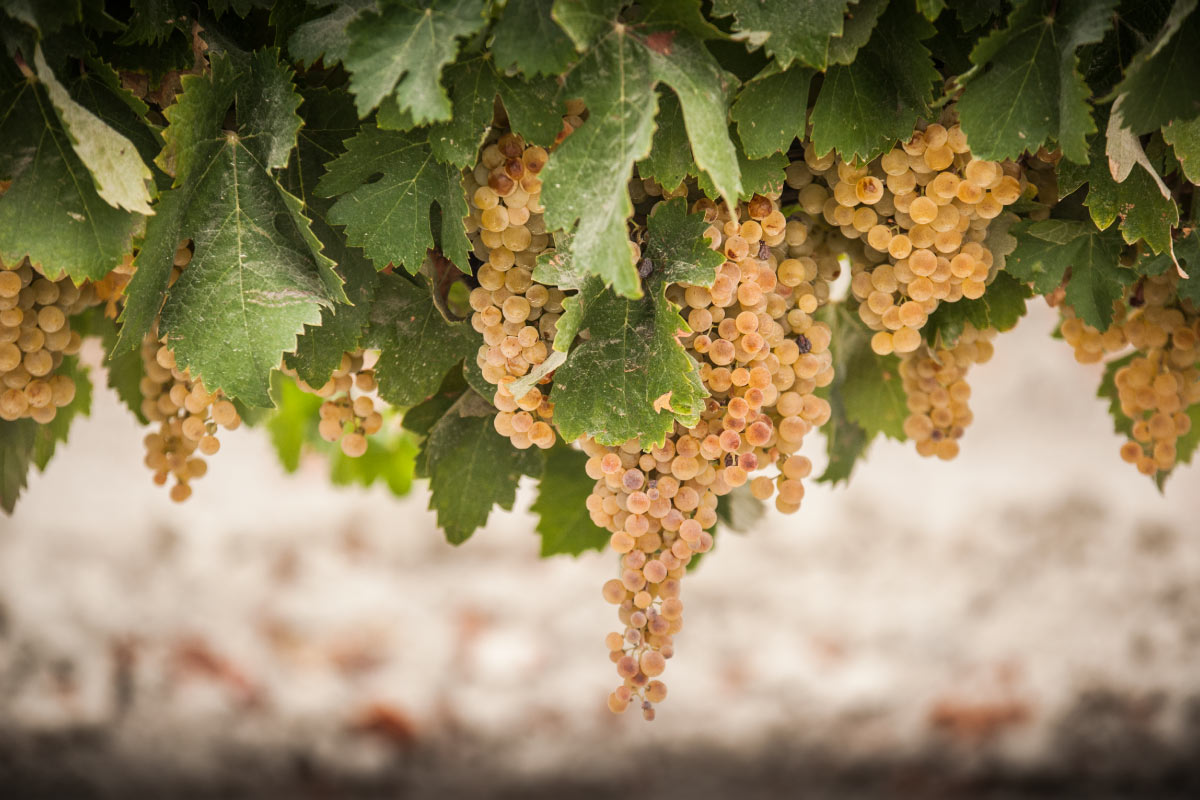
Two other varieties round out the sherry spectrum:
– Pedro Ximénez (PX), a grape dried under the sun before pressing, which yields deeply sweet and velvety dessert wines.
– Moscatel, an aromatic white used for a small but expressive range of floral and sweet sherries.
These grapes reflect a deep connection to terroir and traditional viticulture. Jerez’s hot, dry climate and prohibition of irrigation (in DO-certified vineyards) emphasize the importance of rainfall retention and careful vineyard management—particularly in drought-prone years.
TOURIGA NACIONAL, TINTA RORIZ, AND OTHER VARIETIES IN THE DOURO
Port wine is a blend of red grapes, many of them native to the Douro. The most celebrated among them is Touriga Nacional, prized for its deep color, floral aromatics, and structure. Other key grapes include:
– Tinta Roriz (Spain’s Tempranillo), which adds body and earthiness.
– Touriga Franca, known for elegance and finesse.
– Tinta Barroca and Tinto Cão, both contributing richness and complexity.
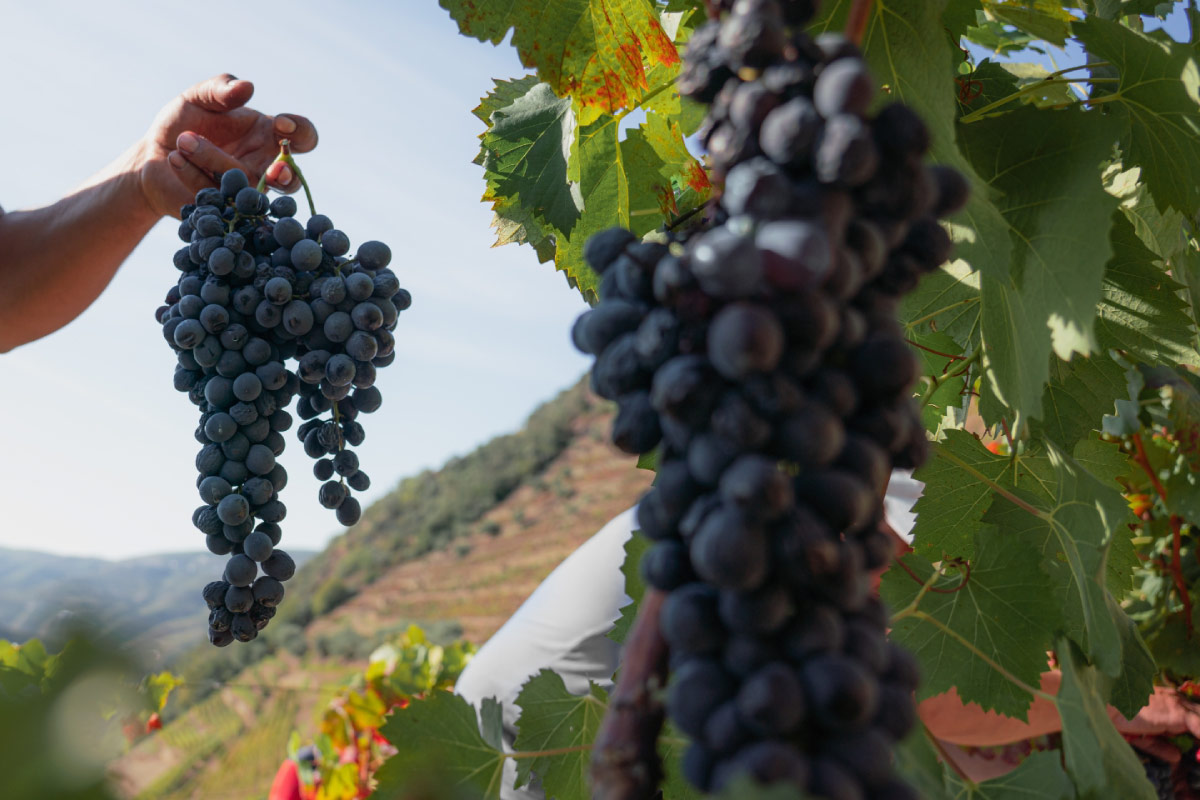
Port vineyards are a study in contrast: dizzyingly steep slopes, extreme heat, and ancient terraces. While some vineyards are now mechanized, much of the work remains manual—especially during harvest. Many quintas (estates) still rely on traditional foot-treading in granite lagares to crush the grapes before fermentation.
This mix of grape diversity and artisanal technique is part of what gives port its layered, age-worthy character.
PRODUCTION METHODS
Understanding the difference between sherry and port starts with how they’re made. Though both are fortified wines, the timing and purpose of that fortification—and the aging processes that follow—create vastly different results.
Sherry is generally fully fermented before fortification and undergoes intricate aging; port is fortified mid-fermentation to retain natural sweetness and then aged according to its style.
How Sherry Is Made: The Solera System
In Jerez, sherry production begins with a complete fermentation of base wines, typically from palomino grapes. Only after the yeast has consumed all sugars is the wine fortified—typically to 15%–17% ABV depending on the style. What follows is one of the most distinctive aging systems in the world: the solera and criaderas method.
Sherry’s aging is either:
– Biological, under a veil of “flor” yeast (fino, manzanilla)
– Oxidative, exposed to air (oloroso)
Or a combination of both (amontillado, palo cortado)
This fractional blending in the solera system, where wines from different vintages are gradually married over years in a tiered structure of barrels, ensures consistency, balance, and complexity. It also removes sherry from the concept of vintage—though its depth comes precisely from this layered, timeless process.
Want to learn more? This blog post on the solera system breaks it down beautifully.
How Port Is Made: Fortification During Fermentation
In comparison, port wine is fortified before fermentation is complete, usually after just 2–3 days. This early addition of neutral grape spirit halts the fermentation, preserving a high level of residual sugar—resulting in a naturally sweet wine with an alcohol content of 19%–20%.
From here, port takes many stylistic paths:
– Ruby Ports are aged briefly in large vats to preserve fruitiness.
– Tawny Ports spend years in small oak barrels, developing nutty, caramelized flavors through oxidation.
Vintage Ports are bottled after just two years and designed to age slowly in bottle over decades.
Unlike sherry, port is all about vintage variation and aging potential. Some of its most prestigious expressions come from declared vintage years—bottled young and cellared for generations.
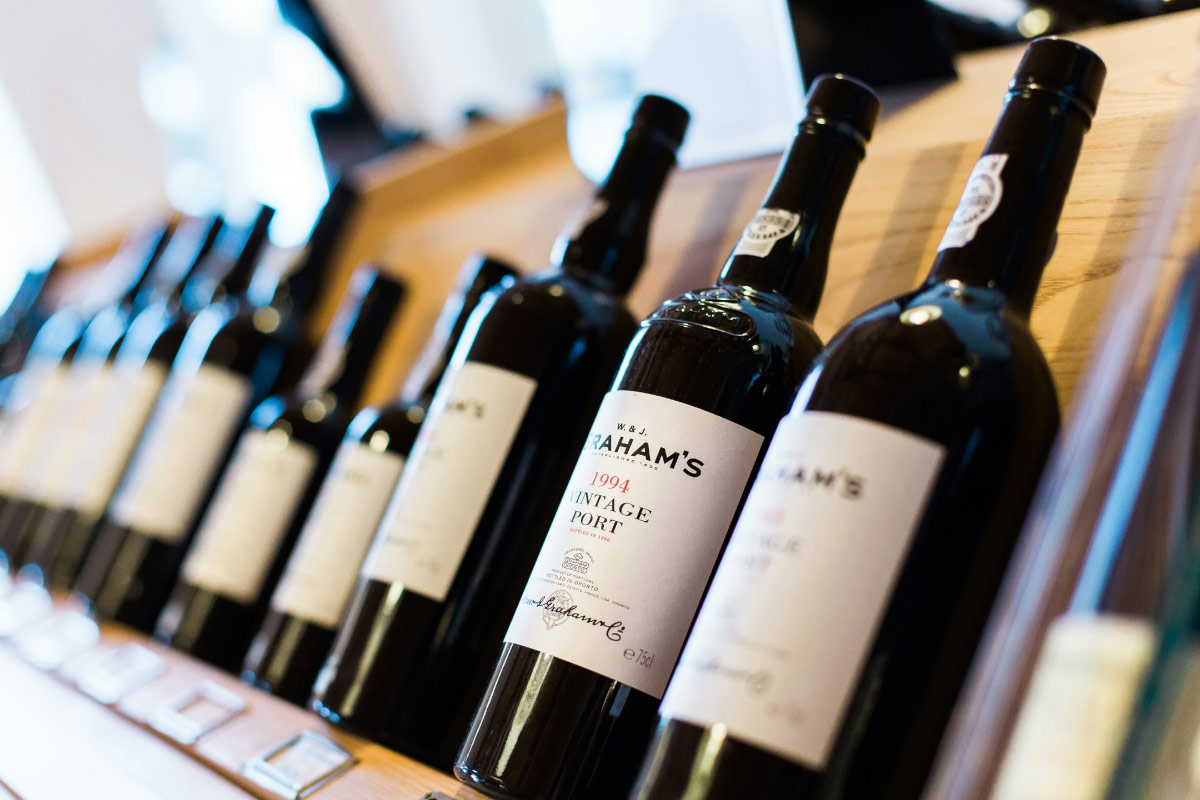
FLAVOR PROFILES AND STYLES
Despite major differences already highlighted above, one of the most defining differences in the sherry vs port comparison lies in the glass. These wines span a broad spectrum of flavors—from bone-dry and saline to lusciously sweet and rich. Their production methods shape these profiles, giving each wine its signature texture, aroma, and food affinity.
Sherry: From Fino to Oloroso to Pedro Ximénez
Sherry is often misunderstood as a uniformly sweet wine, but in reality, most styles are dry. The taste of sherry can range from the crisp, almond-tinged profile of a fino to the deep, nutty, and full-bodied intensity of an oloroso. There are also hybrid styles like amontillados, which offer both biological and oxidative characteristics.
Sweetness in sherry typically comes from blending in naturally sweet wines like Pedro Ximénez (PX) or Moscatel. These wines are made from sun-dried grapes, resulting in syrupy textures and flavors of dates, figs, and molasses.

Dry, umami-driven, and often layered with oxidative complexity, sherry is truly a food wine—its styles offering endless pairing possibilities.
Learn more about how umami relates with sherry wines in this article
Port: Ruby, Tawny, Vintage, and More
Port wines, on the other hand, are nearly always sweet—with an opulent mouthfeel and bold structure. Their flavor profile depends largely on the aging method.
– Ruby Ports are youthful, fresh, and fruit-forward, often showing notes of blackberry, plum, and dark cherry.
– Tawny Ports are aged oxidatively, revealing caramel, toasted nuts, dried fruit, and warm spice.
– Vintage Ports combine power and elegance, meant for long-term aging with layers of black fruit, licorice, chocolate, and floral tones.
While port is sweeter than sherry, it’s also often stronger, with alcohol content typically ranging from 19% to 20%—compared to 15%–17% in most sherries.
This richness makes port an ideal match for bold cheeses, chocolate desserts, or a quiet night by the fire.
FOOD PAIRINGS: WHEN TO CHOOSE SHERRY VS. PORT
When considering sherry vs port food pairings, it’s essential to match intensity with intensity, and to let the wine’s structure either complement or contrast the dish. While both wines have strong personalities, they play very different roles at the table.
Classic Pairings with Sherry
Thanks to its versatility and wide flavor spectrum, sherry excels across the dining experience—from aperitif to dessert. A dry fino or manzanilla is ideal with salty snacks, fried fish, sushi, and even raw shellfish. Their bone-dry, briny character enhances freshness and cuts through fat.
As the wine deepens in color and style, so do its pairing options. Amontillado and palo cortado are natural companions to roasted poultry, cured ham, and umami-rich vegetables like mushrooms or asparagus. Oloroso, with its oxidative richness, shines next to game, aged cheeses, and slow-cooked meat.
And for dessert? Pedro ximénez (PX) poured over vanilla ice cream or paired with blue cheese is a decadent, unforgettable match.
Explore more ideas in this Lustau pairing hub, which highlights the extraordinary range of possibilities.
Classic Pairings with Port
Port wine, being sweeter and higher in alcohol, thrives in different culinary contexts. The rich fruit and structure of ruby port pair beautifully with dark chocolate, black forest cake, or berry-based desserts. For something more savory, it’s also brilliant with foie gras or pepper-crusted meats.
Tawny port, with its nutty and caramelized notes, pairs elegantly with pecan pie, crème brûlée, or aged hard cheeses like Parmesan. It can also elevate nuts, figs, and dried fruits on a cheese board. And don’t forget vintage port, which is often reserved for special moments and sipped on its own, perhaps with a cigar or a wedge of Stilton.

In sum, when deciding between sherry vs port pairings, think of sherry as the ultimate savory companion, and port as your indulgent dessert partner.
Key Differences at a Glance
To quickly understand the difference between sherry and port, let’s compare the two fortified wines across their most essential attributes:
Region: Jerez (Spain) vs. Douro (Portugal)
Sherry hails from the sun-drenched Sherry Triangle in Andalucía, southern Spain—an area defined by its chalky albariza soils and Atlantic influences. Port, on the other hand, is rooted in Portugal’s Douro Valley, a rugged region of steep, terraced vineyards carved by the Douro River. While both are shaped by their unique terroirs, the climates, altitudes, and cultural traditions differ dramatically.
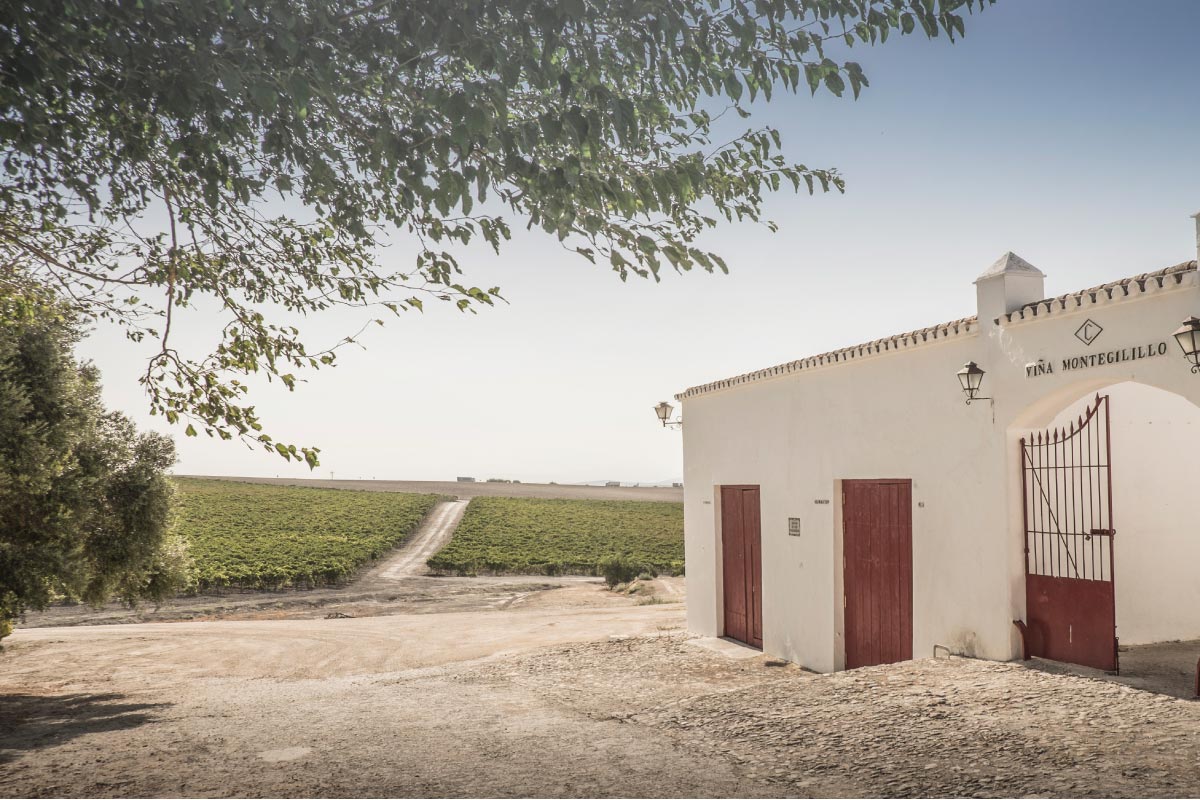
Grapes: Palomino vs. Touriga varieties
Sherry is primarily made from palomino fino, with pedro ximénez and moscatel used for sweeter styles. These grapes offer subtlety, minerality, and elegance. Port, in contrast, relies on a mix of indigenous Portuguese varieties—like touriga nacional, touriga franca, and tinta roriz—which bring power, color, and fruit concentration.
Fermentation: Complete vs. interrupted
A critical distinction: sherry is largely fortified after fermentation, meaning it is fully dry unless sweetened later. Port is fortified during fermentation, leaving behind residual sugar and resulting in a naturally sweet wine. This is one of the most important answers to “what is the difference between port and sherry?”
Aging: Solera vs. vintage styles
Sherry employs the dynamic criaderas and solera system, blending different vintages to ensure consistency, complexity, and balance. Port, especially in its premium forms (like vintage port), is typically aged in a more traditional fashion—by year, with the best bottles meant to age for decades.
Flavor: Dry–umami spectrum vs. sweet–fruity spectrum
In terms of sherry vs port taste, sherry covers a broad range of dry to sweet, often highlighting saline, nutty, oxidative, or umami characteristics. Port leans toward sweet, fruity, and spicy notes, with rich textures and warming alcohol. The choice between the two depends on your dish, the moment, and your mood.
Conclusion: Appreciating Two Fortified Icons
In the world of wine, few categories offer as much character, history, and diversity as sherry and port. These two fortified wines may share a classification, but they speak vastly different languages—one shaped by the winds of Andalucía, the other by the rugged river valleys of Portugal.

Understanding the difference between sherry and port means appreciating the role of terroir, grape varieties, winemaking traditions, and aging philosophy. It means savoring the dry precision of a well-aged amontillado or the plush generosity of a vintage port—and knowing when to reach for each.
Whether you’re pairing sherry with tapas or finishing a meal with a glass of port and Stilton, these wines offer more than flavor—they offer a glimpse into two of Europe’s most storied wine cultures. And as your appreciation grows, so too does your ability to pair, pour, and explore with purpose.







